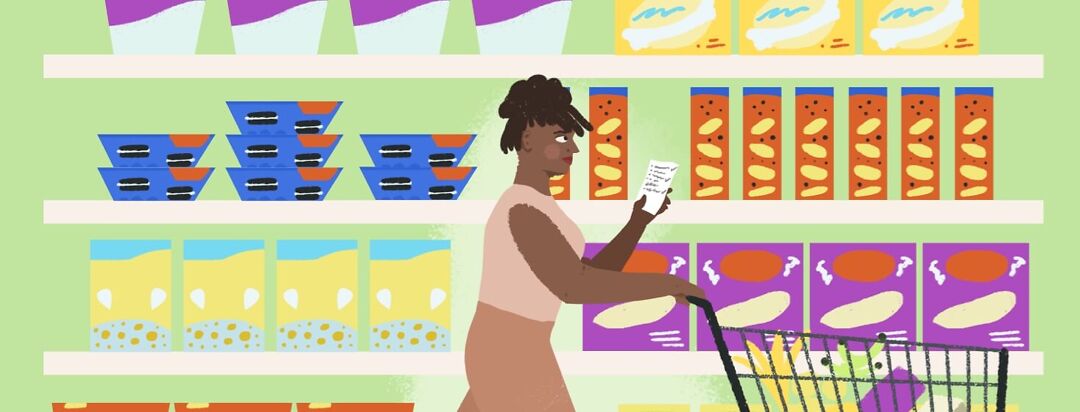Decoding Food Labels: Navigating Confusion in Food Choices
I honestly do try to eat better. I'm not saying I'm always very good at it, but I try. Recently, I took note of how confusing making healthier choices can be when I purchased a popular "no extra sugar added" ice cream bar. I felt like the food label was misleading. Choosing options that won't spike blood sugar is sometimes confusing.
Paying attention to ingredients and food labels
I admit it: I love treats. And by treats, I mean sweets. But I thought I'd buy a sweet treat with fewer calories and no added sugar. I assumed with this ice cream bar option, I'd be set! That is until a friend informed me of its ingredients. Even artificial sweeteners can increase insulin resistance the longer they're consumed.1
Imagine my disappointment. I was trying to enjoy a treat while making better food choices to support my diabetes management, but it turned out that it wasn't quite the most suitable.
What do the food labels even mean?
To be honest, I should have known better. "No sugar added" means that no sugar or sugar-containing ingredient was added during processing or packaging.
Upon reading the nutrition facts and ingredients in more detail, I noticed there wasn't much difference in the amount of carbohydrates compared to the regular ice cream bar. The regular bar had 29 grams of carbs per serving, and the "no sugar added" option contained 22 grams of carbs, plus maltitol, sucralose, and aspartame.
Sure, it's still probably a better option than the chocolate-covered peanut butter Buckeyes I learned about. One can dream, though.
I need a lot more education
Whoever said eating healthier is easy? No one, I imagine. You even have to be mindful of eating fruit. Fresh fruit is great, but canned fruit with added syrups contain much more sugar. Many white breads have sugar, too.
Processed foods like ketchup, peanut butter, multigrain cereal, and sports drinks contain added sugar. I never really considered the many other foods that have sugar. Sure, I knew barbecue sauce was one, but reduced-fat peanut butter and multigrain cereals? Those are certainly surprises to me. And my beloved breads have plenty. It's important to pay attention to food labels and learn how to read them properly.
Making foods at home
I've started making my own sourdough bread at home. My sourdough contains a sourdough starter, water, and flour. Some sourdough recipes call for eggs, but most are as simple as three ingredients. At least I'm not adding sugar to home-baked bread, so it's a tad healthier for me.
I'm not perfect; no one is. So, I can keep educating myself and keep trying to choose the right foods to eat. I know non-starchy vegetables have fewer carbohydrates than starchy vegetables like potatoes, and lean chicken and fish have fewer fats than red meat. But that's a start, and starting in the right direction is great. So yes, eating right with type 2 diabetes is confusing, but I'm learning every day.

Join the conversation